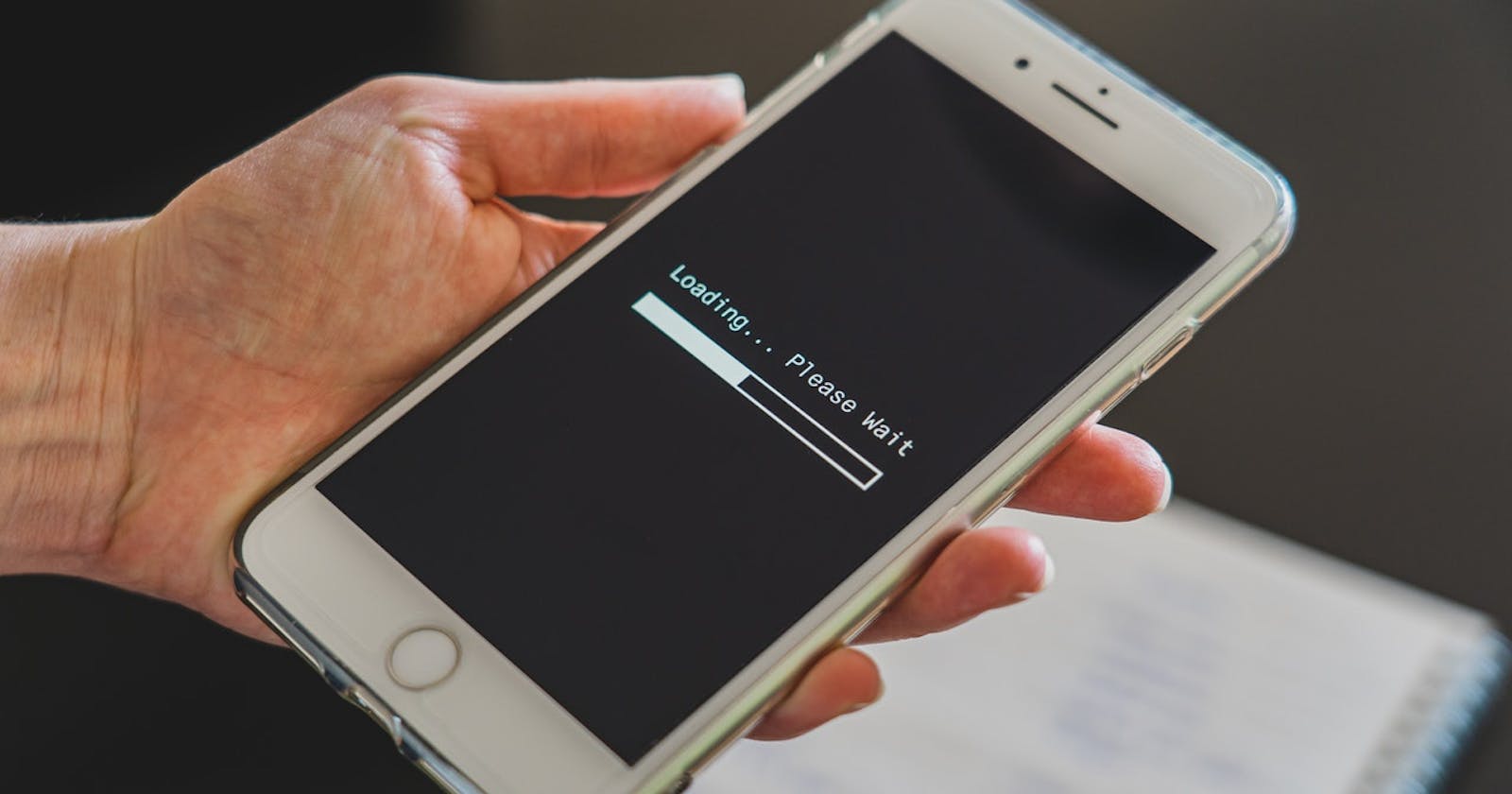If you want to know if the user has a working network connection you can check the the onLine property found on the navigator object.
window.navigator.onLine; // true | false
Whilst this is useful to check at any point in time whether or not the browser is registering an active connection you might want to update your app / page when a user's connection drops / re-establishes itself. You can do this by listening to the online and offline events of the window object.
window.addEventListener('online', () => {
console.log('User is online');
});
window.addEventListener('offline', () => {
console.log('User is offline');
});
You could use these events to update some part of your UI or change the way your app behaves in some way. For example:
const statusElem = document.getElementById('status');
const statusUpdate = event => statusElem.innerText = event.type; // event.type will be online | offline
window.addEventListener('online', statusUpdate);
window.addEventListener('offline', statusUpdate);
Browser support for online / offline events is actually pretty good with most browsers supporting them: caniuse.com/?search=online
You can also find out more information about a user's connection (as reported by the browser) by accessing the navigator.connection object.
navigator.connection;
/*
NetworkInformation {
onchange: null,
effectiveType: "4g",
rtt: 50,
downlink: 10,
saveData: false
}
*/
The downlink property is quite useful here as it denotes the download speed in megabits available to the user.
Follow me on Twitter for more tutorials 👍

